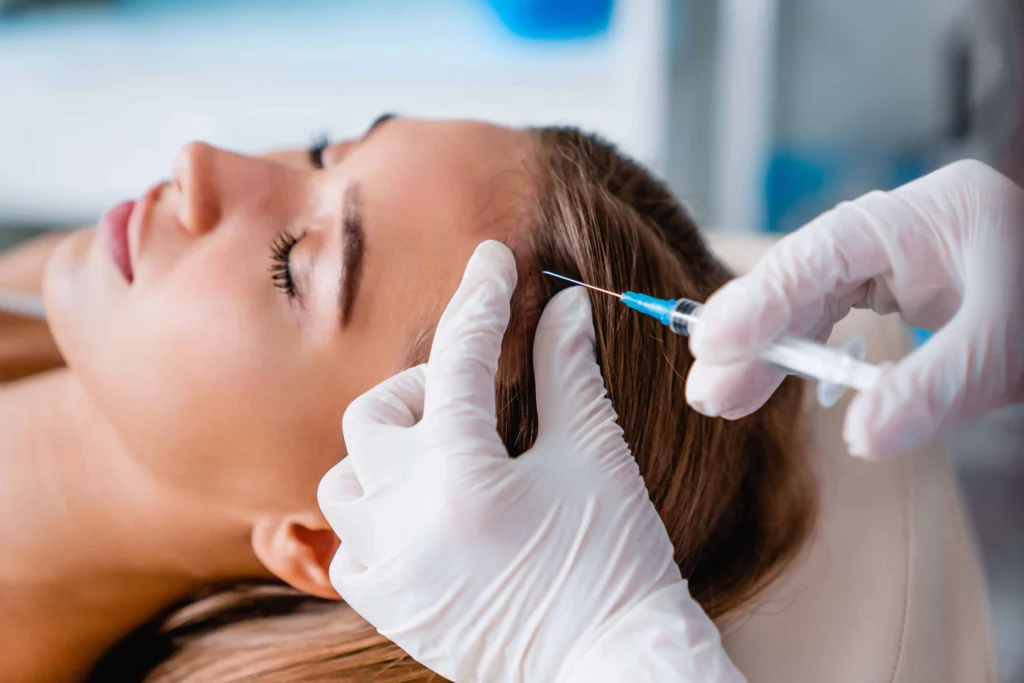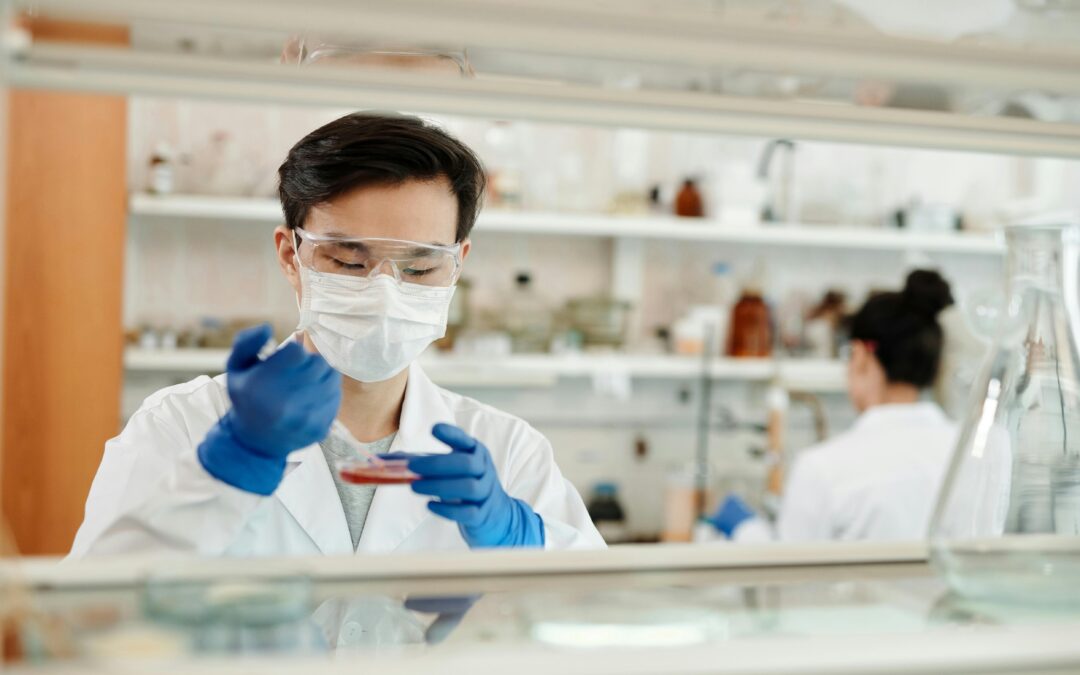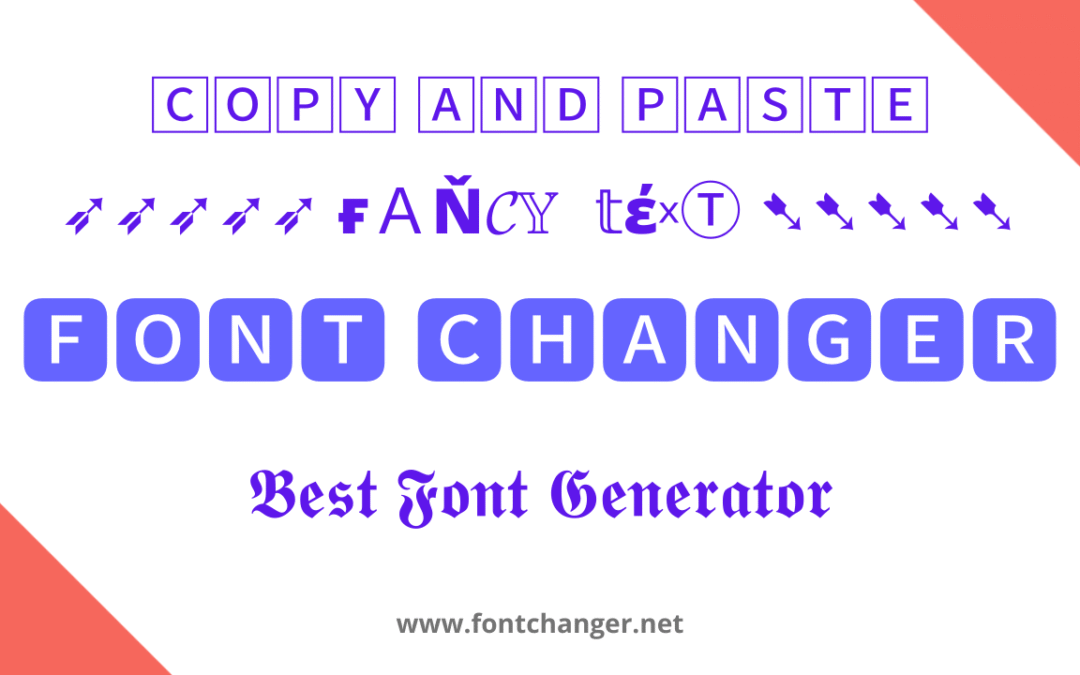Platelet-Rich Plasma (PRP) Hair Treatment has gained significant popularity as a non-invasive solution for hair restoration. This innovative procedure harnesses the body’s natural healing properties to stimulate hair growth and improve scalp health. It is often favored by individuals seeking a natural approach to hair regrowth without resorting to surgical interventions. As a minimally invasive procedure, PRP offers a compelling alternative for those looking for effective, non-surgical hair restoration options.
What is PRP Hair Treatment?
Understanding the Process
PRP Hair Treatment in Abu Dhabi involves extracting a small amount of blood from the patient, which is then processed to concentrate platelets and growth factors. These concentrated components are injected directly into the scalp, targeting areas experiencing hair thinning or loss. The growth factors stimulate hair follicles, encouraging new hair growth and strengthening existing hairs. This process is tailored to promote natural hair regeneration, making it an appealing choice for many individuals.
The Role of Platelets and Growth Factors
Platelets are essential components of blood that play a crucial role in tissue repair and regeneration. When injected into the scalp, they release bioactive proteins that activate hair follicles, improve blood circulation, and enhance scalp health. The natural biological activity of these growth factors underscores the treatment’s appeal as a natural, non-surgical option for hair restoration.
Is PRP Hair Treatment Natural?
The Natural Basis of PRP Therapy
Yes, PRP hair treatment is fundamentally a natural procedure because it utilizes the patient’s own blood components, avoiding the introduction of synthetic substances or chemicals. Since the process involves blood separation and reinjection of platelets, it aligns with the body’s inherent healing mechanisms. This autologous approach minimizes the risk of adverse reactions, making it a safe and natural method for stimulating hair growth.
Why It Is Considered Non-Surgical
PRP Hair Treatment is classified as non-surgical because it does not require incisions, anesthesia, or invasive procedures. The treatment involves simple blood draw, centrifugation, and injections—steps that are typically performed in an outpatient setting. The absence of scalp incisions or extensive recovery time further emphasizes its non-surgical nature, appealing to those seeking effective results without the downtime associated with traditional surgical options.
Benefits of PRP Hair Treatment
Minimal Downtime and Discomfort
One of the primary advantages of PRP is its minimally invasive nature. Patients often experience little to no discomfort during the procedure and can resume daily activities shortly afterward. The lack of surgical intervention means there is minimal downtime, making it suitable for busy individuals.
Natural Hair Growth and Improved Scalp Health
Since the treatment stimulates the body’s natural regenerative processes, the results tend to be authentic and harmonious with existing hair. Many users notice increased hair thickness, improved scalp condition, and healthier hair growth over multiple sessions.
Personalized and Safe Treatment
Given that PRP uses the patient’s own blood, the risk of allergic reactions or infections is significantly reduced. The procedure can be customized based on individual scalp condition and hair loss patterns, ensuring targeted and effective treatment.
How PRP Hair Treatment Works
Step-by-Step Procedure
The process begins with blood collection, followed by centrifugation to separate platelets from other blood components. The concentrated platelet-rich plasma is then carefully injected into specific scalp areas. This targeted approach aims to activate dormant hair follicles and promote new growth.
The Biological Impact
The growth factors released from platelets enhance blood supply to hair follicles, improve nutrient delivery, and stimulate cellular activity. These biological effects collectively contribute to the revitalization of hair follicles, leading to thicker and healthier hair over time.
Who Can Benefit from PRP Hair Treatment?
Suitable Candidates
PRP Hair Treatment is suitable for individuals experiencing early-stage hair thinning, pattern baldness, or hair loss due to various factors such as stress or hormonal changes. It is especially effective for those seeking a natural, non-surgical approach. Candidates should generally be in good health and have realistic expectations about the outcomes.
Limitations and Expectations
While PRP can significantly improve hair density and scalp health, it may not be effective for extensive hair loss or complete baldness. Multiple sessions are usually required to achieve optimal results, and maintenance treatments may be recommended to sustain benefits.
The Overall Experience and Results
Expected Outcomes
Patients typically notice gradual improvements in hair thickness and scalp vitality over a few months. The treatment encourages the growth of new hair strands and improves the quality of existing hair, providing a natural enhancement.
Duration of Results and Follow-Up
Results can vary based on individual condition and treatment frequency. Ongoing maintenance sessions help prolong benefits, and consistent scalp care enhances long-term success. The non-surgical nature of PRP allows for flexible scheduling and minimal disruption.
Conclusion: Is PRP Hair Treatment Natural and Non-Surgical?
In summary, PRP Hair Treatment is both a natural and non-surgical option for hair restoration. By utilizing the body’s own biological resources, it offers a safe, minimally invasive alternative to traditional surgical procedures. Its emphasis on natural healing processes, combined with its effectiveness in stimulating hair growth, makes it an appealing choice for individuals seeking a holistic approach to hair health.
FAQs
Q1: How does PRP Hair Treatment stimulate natural hair growth?
PRP promotes hair growth by injecting concentrated growth factors directly into the scalp, which activate dormant hair follicles and improve scalp health, encouraging the body’s natural regenerative processes.
Q2: Is PRP Hair Treatment suitable for all types of hair loss?
PRP is most effective for early-stage hair thinning and pattern baldness. It may have limited impact on extensive or complete baldness, and a consultation with a specialist can help determine suitability.
Q3: How many sessions are typically needed to see results?
Most patients undergo a series of 3-4 sessions spaced a month apart, with gradual improvements visible over several months. Maintenance sessions may be recommended to sustain results.
Q4: Are there any side effects associated with PRP Hair Treatment?
Since PRP uses the patient’s own blood, side effects are minimal and may include temporary scalp tenderness or mild swelling. Proper medical procedures ensure safety and comfort during treatment.






0 Comments